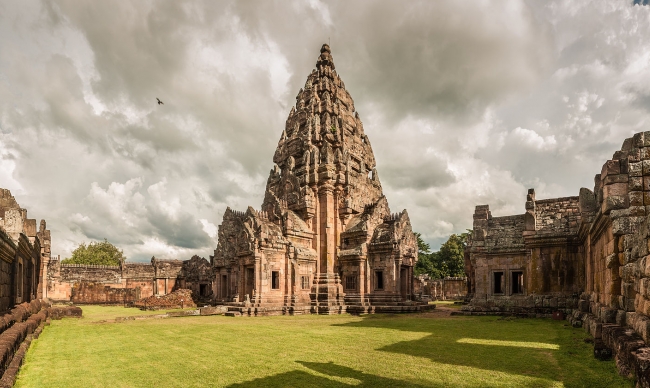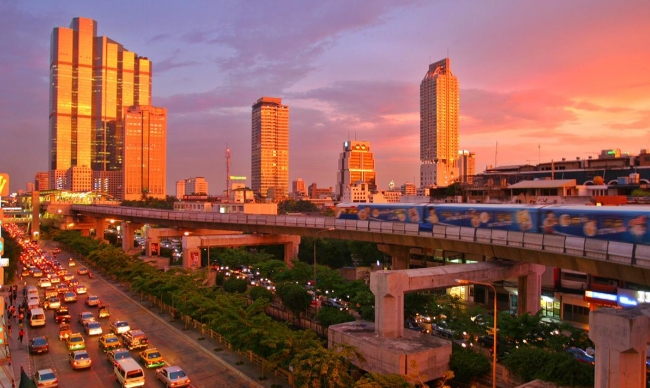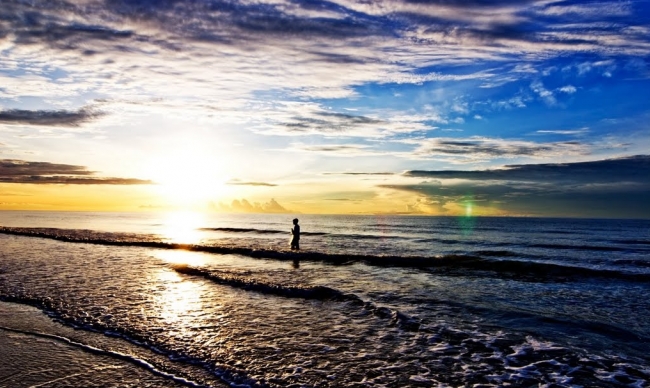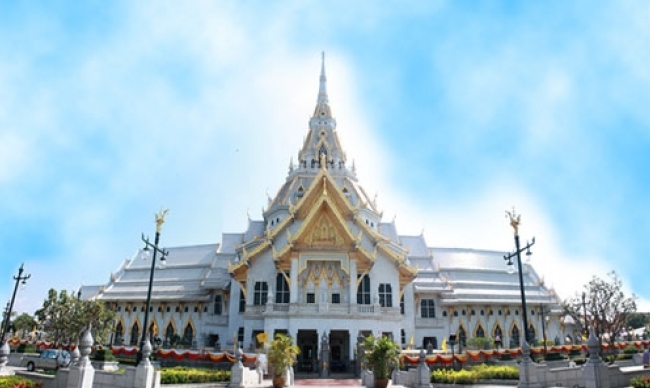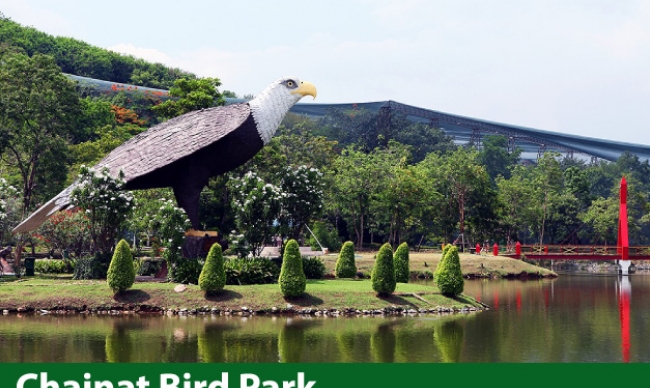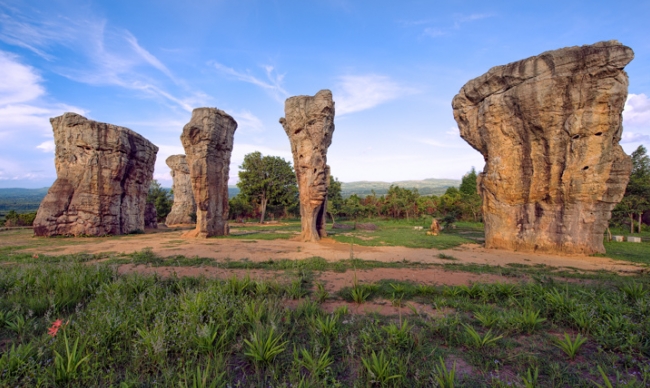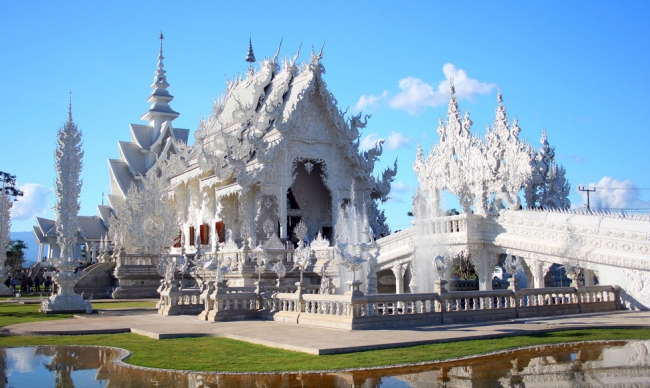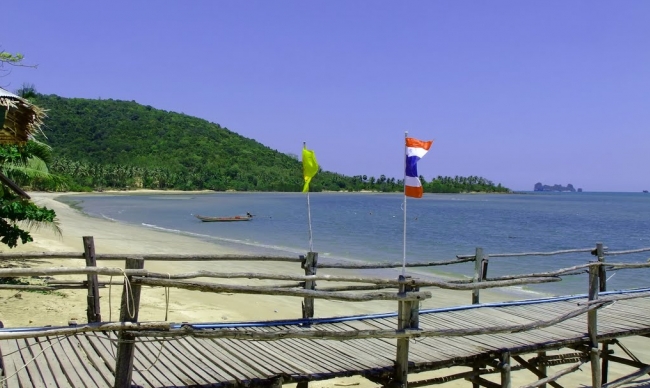Quick Facts:
- Location: Northeastern Thailand
-
Status: Province
-
Population: About 1,559,085
-
Area: About 10,322.9 square km
-
Telephone area code: 066-031
Located at the south end of the Khorat Plateau in the northeast of Thailand, Buri Ram is one of the largest and most populous provinces in I-san. The province is about 410km from Bangkok and consists of 23 districts. Buri Ram has a small provincial town with a long history. The province used to be a part of the Khmer empire centuries ago and was extended from Angkor Complex in Cambodia to the northeastern provinces for nearly 400 years. Nowadays it becomes ancient sanctuaries and its ruins offer some of the finest models of Khmer art in Thailand.
Buri Ram is marked by some extinct volcanoes and mountain chains around its province. Compared with other provinces, it has fewer attractions and activities for tourists, but the provincial countryside offers a lot of ancient ruins, including the Khmer sanctury of Phanom Rung, one of the best conserved Angkorian temples in Southeast Asia, giant Buddha image on the top of Mount Khao Kradong, and a premier destination where you can watch sunrise and sunset as the sun aligns with the doorways of the temple.
In addition, Buri Ram offers a wide variety of other attractions such as Prasat Hin Muang Tam sanctuary in which four ponds with old-style-brick structure and beautifully designed door frames, stone surfaces & wall surfaces; Prang Ku Suan Taeng pagodas with Khmer style; Phra Suphatthara Bophit located atop Khao Kradong Mount and marked for the Footprint here. For those who want to explore this nature can come to Buriram Bird Park at Huai Talat reservoir, with various kinds of birds and wilelife, it is an ideal place for bird watchers; or visit Phanom Rung Historical Park atop Phanom Rung Mount with many special-architecture temples. Buri Ram is also the land of traditional handicrafts so if you want to understand more about its culture can visit Buriram Cultural Center, the museum hosting arts and artifacts and it’s where to conserve and protect unique culture of Lower Isan.
